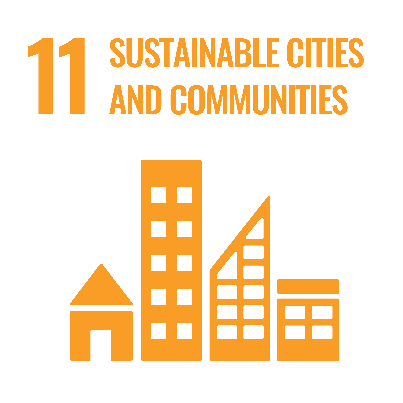
Years Experience
1
+
Tree Planted
0
+
Water Saved (Million Ltr.)
0
+
Team Members
0
+
Welcome to Greenosonic Foundation!
The recognized non-profit Greenosonic Foundation is committed to promoting environmental sustainability. Working for a more sustainable and greener future is our stated mission. We are dedicated to improving the environment through collaborative efforts and strategic initiatives.

Plantation Drive
Our dedication to reforestation is demonstrated by our large-scale tree plantation programs, which support the conservation of green spaces and the enhancement of biodiversity.

Ground Water Recharge
We actively strive to raise the groundwater table so that communities will have more secure access to water in the future.

Waste Management
We focus on transforming waste into useful resources, converting biodegradable waste into CNG, energy, and compost.
Tree Plantation Projects
We have planted around 25,000 trees via Miyawaki and traditional tree plantation process based on the
project and location requirements.

Benefits of Afforestation
- A constant supply of forest products.
- Trees reduce soil erosion.
- It stabilizes the climate.
- Has the capacity to reverse global warming and climate change.
- Improves air quality.
- Enhances the watershed.
- Conservation of wildlife.
- Provides employment and business opportunities.
Objectives
- To reduce air pollution, increase the camp’s green space and contribute to the maintenance of an eco-friendly environment.
- The objective of tree plantation is to safeguard endangered species in the local environment while also improving the beauty of the area.
- To avoid soil erosion.
- To lower the ambient temperature.
- Create a natural sound barrier.
Afforestation is a method for permanently sequestering atmospheric carbon. Planting trees and regulating their growth is a tried-and-true method for reducing the amount of dangerous pollutants in the air. Carbon is sequestered in plants during photosynthesis and is not released into the atmosphere. Less carbon in the atmosphere will lower greenhouse gas emissions and the effects of climate change.
Miyawaki Tree Plantation
Methodology
Soil preparation, excavation, filling with fresh soil, levelling, and, finally, manuring were used to afforest the site. As a result, the soil is ready for pre-planting.
Soil Preparation
Excavation: Ploughing involves loosening and excavating soil. Ploughing loosens the soil, allowing nutrients from deeper soil to rise to the surface. Also, soil aeration will increase, allowing more air to be accessible for breathing and roots to penetrate the soil more easily.
Levelling: Levelling promotes even distribution, and soil is levelled after ploughing. A plank of wood or iron is used for this process. Levelling also aids in water distribution, preventing logging during irrigation.
Manuring: After ploughing and levelling, manure is applied to continue farming. Manuring replenishes the soil with nutrients, allowing the crop to grow properly. Plantation by Miyawaki Method Miyawaki is a technique pioneered by Japanese botanist Akira Miyawaki which helps build dense, native forests.
The strategy is intended to accelerate plant growth by ten times and result in a plantation that is 30 times denser than normal. This method calls for planting two to four trees per square meter. Miyawaki forests mature in two to three years and are self-sustaining. They helpreduce heat. Concrete heat islands minimize air and noise pollution while also attracting local birds and insects and acting as carbon sinks.
Levelling: Levelling promotes even distribution, and soil is levelled after ploughing. A plank of wood or iron is used for this process. Levelling also aids in water distribution, preventing logging during irrigation.
Manuring: After ploughing and levelling, manure is applied to continue farming. Manuring replenishes the soil with nutrients, allowing the crop to grow properly. Plantation by Miyawaki Method Miyawaki is a technique pioneered by Japanese botanist Akira Miyawaki which helps build dense, native forests.
The strategy is intended to accelerate plant growth by ten times and result in a plantation that is 30 times denser than normal. This method calls for planting two to four trees per square meter. Miyawaki forests mature in two to three years and are self-sustaining. They helpreduce heat. Concrete heat islands minimize air and noise pollution while also attracting local birds and insects and acting as carbon sinks.
Greenosonic Foundation is an environment sustainability firm working towards maintaining a
healthy and natural environment
Our services are aligned with UN’s Sustainable Development Goals




